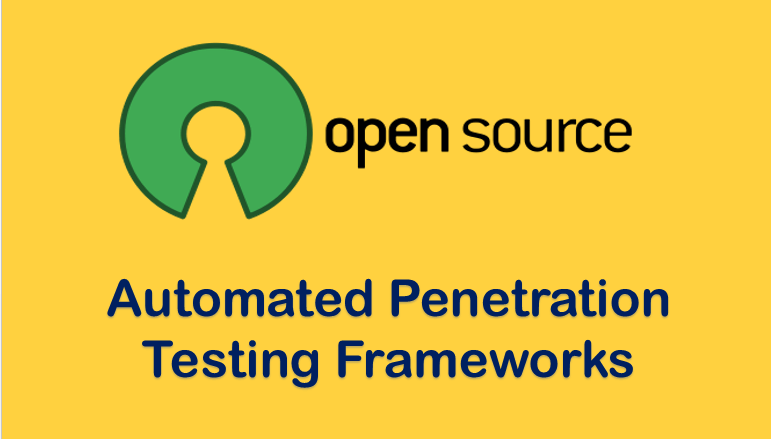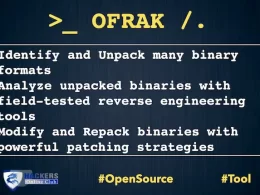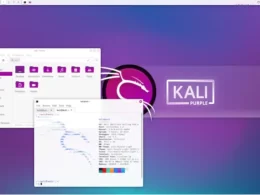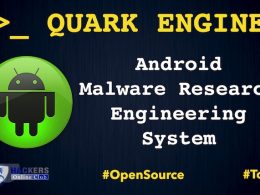Since cyber criminals are actively trying to hack into the networks or systems of businesses, organizations must regularly perform penetration testing to better protect their digital resources.
The reason being: web attacks are continuously rising! Symantec — the security company behind Norton Antivirus — reported an increase of 56 percent in web attacks in its 2019 Internet Security Threat Report.
It’s clear that every business requires a comprehensive security solution along with regular penetration testing practices, however, manual pentesting is less scalable and viable. That’s why automated pentesting is now the first choice of any organization. That said, let’s know more about automated pentesting.
What is Automated Penetration Testing?
First of all, let’s understand penetration testing before diving into the topic of automated penetration testing. It will help to understand the latter better.
Penetration testing — also known as pen testing, pentesting, or ethical hacking — is the practice of ethically testing a computer, network, or web application to find and exploit security vulnerabilities.
It follows the paradigm of “prevention is better than cure”, i.e., it helps security analysts and researchers to find and fix security bugs (aka vulnerabilities) in apps, networks, or systems before the bugs are targeted by cybercriminals.
In simple words, it helps secure the computers, networks, or web apps from all types of threats including online attackers.
For example, “this is like a bank hiring someone to dress as a burglar and try to break into their building and gain access to the vault. If the ‘burglar’ succeeds and gets into the bank or the vault, the bank will gain valuable information on how they need to tighten their security measures,” according to Cloudflare.
Penetration testing was started as manual testing in 1971. Then, the US Air Force implemented security testing of its time-shared computer systems. However, this process of security testing was gradually automated to boost efficiency and save resources, leading to the birth of “automated penetration testing”.
Automated penetration testing is the process of testing the security shield of a computer, network, or web application using automated frameworks and tools. These automated pentesting frameworks and tools help to continuously test your app, networks, and systems for security vulnerabilities.
It’s important since apps and systems are nowadays regularly updated, and they must be tested for security bugs after every update, which isn’t possible via manual testing.
Why automated pentesting is critical for any business? “Automated penetration testing tools can be an invaluable part of your web application security toolkit. Web applications have become the #1 attack vector, and automated penetration testing tools can help to prevent the kind of security breach that brings negative headlines, legal headaches and significant financial damages,” according to Veracode.
Automated Penetration Testing Frameworks
Since you now know about penetration testing and automated penetration testing, let’s check the best free automated penetration testing frameworks for setting up a top-notch security solution or toolkit in your organization.
An automated pentesting framework helps to regularly check for security bugs or vulnerabilities in applications, computers, and networks. Then, the regular checks don’t cost additional effort or time since the tests are automated.
1. Metasploit
Metasploit is the most popular open-source automated pentesting framework. “A collaboration between the open source community and Rapid7, Metasploit helps security teams do more than just verify vulnerabilities, manage security assessments, and improve security awareness; it empowers and arms defenders to always stay one step (or two) ahead of the game,” according to Metasploit.
Metasploit is a hacker’s swiss army chainsaw — an automated pentesting tool with a command-line interface. It’s so widespread that it had become the de facto framework for finding vulnerabilities and exploiting them. The reason being: Metasploit project comes with 1500+ exploits and 500+ payloads. It’s a cross-platform app that easily runs on Windows, macOS, and Linux.
2. Sn1per
“Sn1per Community Edition is an automated scanner that can be used during a penetration test to enumerate and scan for vulnerabilities,” per its GitHub. It features a command-line console like most pentesting tools and integrates with other pentesting tools like Metasploit Pro, MSFConsole, and Zenmap.
Sn1per includes numerous well-known utilities for enumerating, scanning for, and exploiting vulnerabilities. However, Sn1per only works on Debian and Kali Linux, unlike a few frameworks given on this list such as Metasploit and Nettacker.
3. Nettacker
A pentesting framework by OWASP, “Nettacker project was created to automated for information gathering, vulnerability scanning and eventually generating a report for networks, including services, bugs, vulnerabilities, misconfigurations, and information.
This software is able to use SYN, ACK, TCP, ICMP and many other protocols to detect and bypass the Firewalls/IDS/IPS and devices. By using a unique solution in Nettacker to find protected services such as SCADA We could make a point to be one of the bests of scanners,” introduces OWASP Nettacker.
It’s an open-source pentesting framework developed in Python, which lets you automate information gathering and penetration testing. Moreover, Nettacker is a cross-platform software that supports various platforms capable of running Python including the popular ones — Windows, macOS, and Linux or Unix.
4. Jok3r
Jok3r is another network and web pentest automation framework, which helps penetration testers for assessing the security of network infrastructure and web applications. Its prime objective is to automate as much stuff as possible to identify and exploit (i.e., target) easy and quick security vulnerabilities on various common services and web technologies like languages and servers.
Jok3r is mostly based on the open-source scripts and tools utilized for hacking networks and systems. It combines these scripts and tools under a single roof to get the desired results in finding, fingerprinting, and exploiting vulnerabilities. Jok3r is built on Python, so it’s compatible with Windows, macOS, and Linux.
5. Legion
Legion is the last but not the least automated pentesting tool on this list. It’s an open-source, super-flexible, and semi-automated pentesting framework that helps in discovery, investigation, and exploitation of computer systems. A fork of SECFORCE’s Sparta, Legion is powered by 100+ auto-scheduled scripts.
Legion provides an easy-to-use graphical interface, unlike most tools here. It’s a modular framework, allowing you to add or customize functionalities. It’s another pentesting tool that’s written in Python, meaning, it can also run on any system capable of running Python, i.e., it supports Windows, macOS, and Linux.
That’s all about the open-source automated penetration testing frameworks. Did you find this write-up helpful? Please write a comment to leave your feedback.











